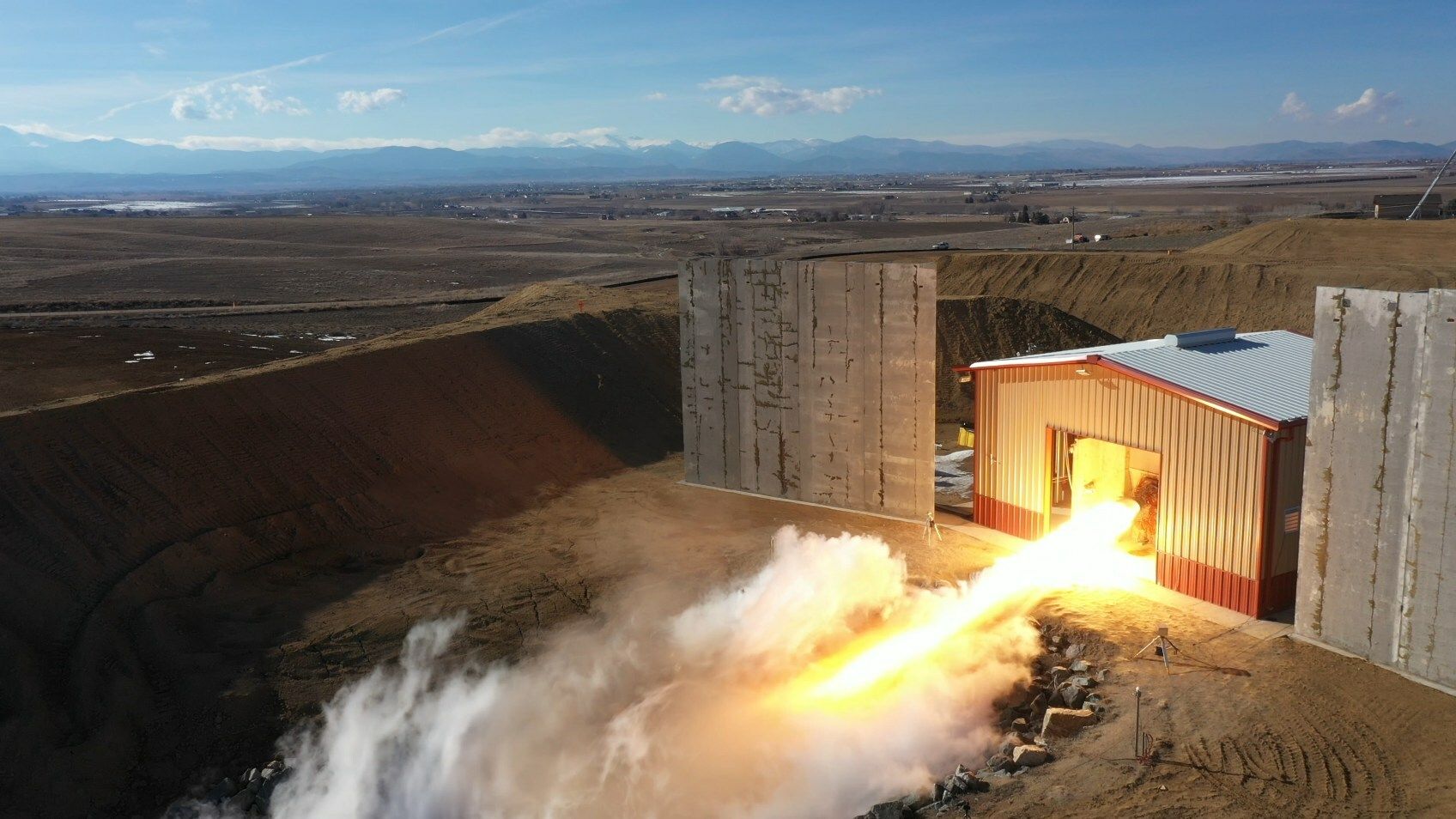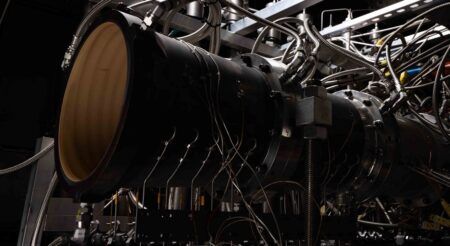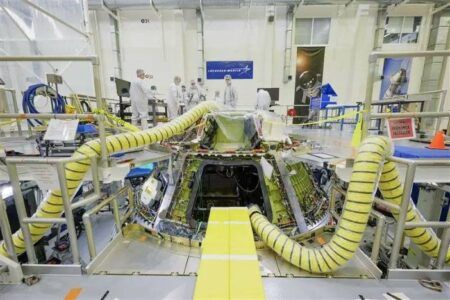Rocket company Ursa Major has successfully conducted hotfire tests of its upgraded Ripley rocket engine, demonstrating its capability to provide 50,000 lbs of thrust.
The Ripley engine has been redesigned to suit medium-class launch vehicles after the first iteration of the engine was fired in 2021 with 35,000 lbs of thrust.
The test campaign showed the integrated Ripley engine — including turbomachinery, oxidizer-rich preburner, and additive-manufactured copper thrust chamber assembly —firing as a complete system in flight-like conditions.
Ripley has the highest Specific Impulse (Isp) a measurement of fuel economy, of any US kerosene rocket engine ever developed, said Ursa Major
Brad Appel, Chief Technology Officer at Ursa Major said, “This hotfire test campaign is a critical milestone for Ripley as we move into full-scale development and production. The new 50,000-pound-thrust design is in response to growing market demand for this medium-lift thrust class.”
Ursa Major tests its engines at a facility in Berthoud, Colorado, which houses engine design, manufacturing, and testing in one place. To date, Ursa Major engines have accumulated more than 60,000 seconds of run-time.

Ursa Major is designing its engines to be used on different launch vehicles for different reasons, instead of building engines in-house. The company already makes the smaller 5,000 lbf Hadley engine and is also developing the larger 200,000 lbf Arroway.
Founded in 2015, Ursa Major supplied the first Hadley engines to Generation Orbit in 2018. The company supplied Hadley engines a year ago to two different customers – space company Phantom Space and hypersonic vehicle developer Stratolaunch.




